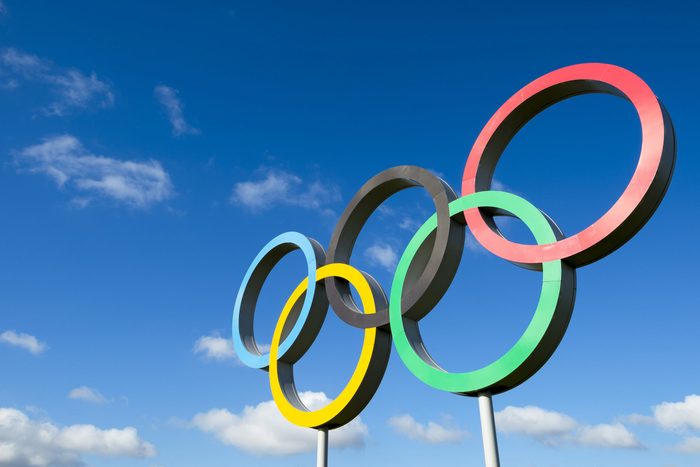
Counting Down the Ways the Olympics Changed Canada
If you want to get the world’s attention, hosting the Olympics is a good place to start. It’s been 40 years since Canada first held this honour, when Montreal hosted the 1976 Summer Games. It took over a decade for the international event to return to Canada, moving westward in the winter of 1988 to Calgary and continuing on to Vancouver for the winter of 2010. As we’ve learned on three separate occasions, hosting the largest sporting event in the world will change a city-and a nation. Here are 10 ways Canada has changed since it first started hosting the Olympics.
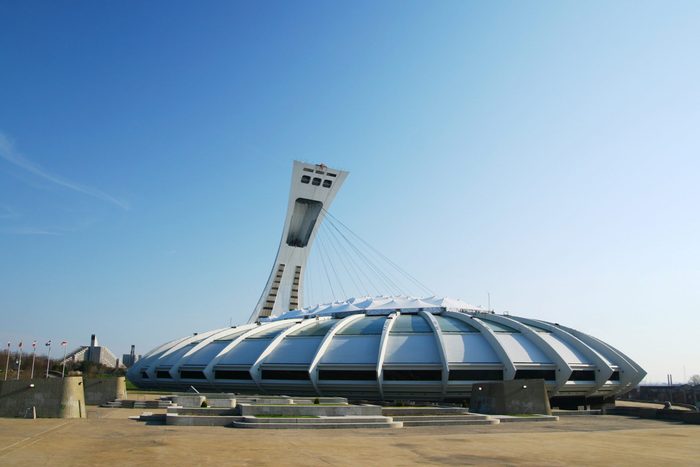
1. It Cost Quebec Taxpayers a Fortune
Montreal wasn’t ready to host the Olympics in 1976. “We had to organize the biggest sporting event despite not having the experience,” recalls Laurent Godbout, executive director of the Quebec Track and Field Federation. “It was extremely difficult because there was no technical knowledge.” The legacy of Canada’s inaugural hosting duties isn’t exactly flattering. The infamous Olympic Stadium-considered one of the world’s most expensive stadiums-is still plagued with financial woes (it was paid off in 2006, but constantly requires maintenance due to endless tears in the roof).

2. It Inspired Future Generation Olympians
Despite being permanently marked for its financial flubs, the 1976 Summer Olympics did have a lasting positive impact on Quebecers. “It radically changed the outlook and specter that the population had on sport,” says Godbout. Quebecers started embracing and engaging in regular physical activities. The number of gyms, fitness and outdoor clubs shot up after the Olympics. It also paved a path and sparked a dream for many budding athletes-like speed skater Gaetan Boucher and diver Sylvie Bernier-who went on to compete in gold medal-winning performances throughout the 80s and 90s.
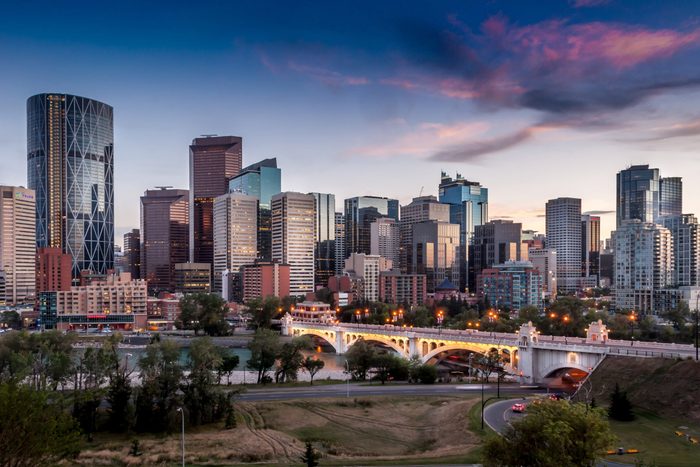
3. It Made Calgary a Household Name
Before Canada hosted the Winter Olympics for the first time, Calgary felt more like a small town. After it scored the opportunity to host the 1988 Games, everything changed. “All of a sudden David Letterman was saying the word ‘Calgary’ on TV,” recalls comedian Graham Clark, who was born and raised in Cowtown. Other notables shared the spotlight too-mayor Ralph Klein upped his political capital, eventually becoming the province’s premier. The Games will also be remembered for launching the career of colourful characters like the Jamaican bobsled team and Eddie the Eagle.
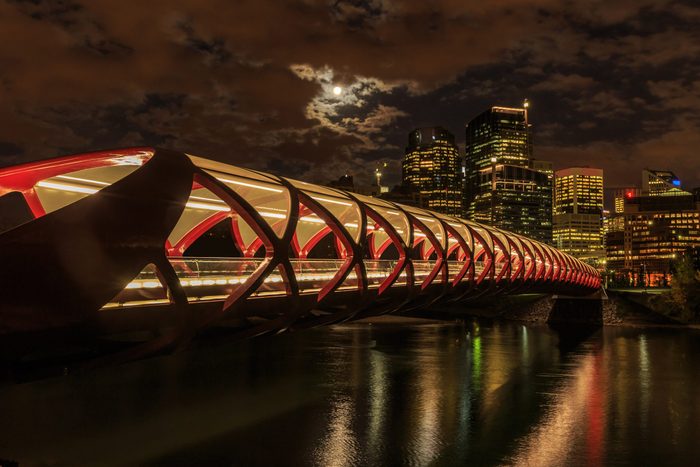
4. It Gave Calgary’s Olympic Legacy a Lasting Impact
Before the 1988 Games, most of Canada’s top speed skaters came from Quebec. After facilities like the Olympic Oval and the Canada Olympic Park were built for the Winter Games, there was a spike in elite athletes coming from the West. The reason why? They had a place to train. According to a VANOC report, every one of the Olympic facilities in Calgary is still being used for their original intended purpose. Over 200 national and international sporting competitions have been held in Calgary between 1987 and 2004, most of which were in Olympic facilities.
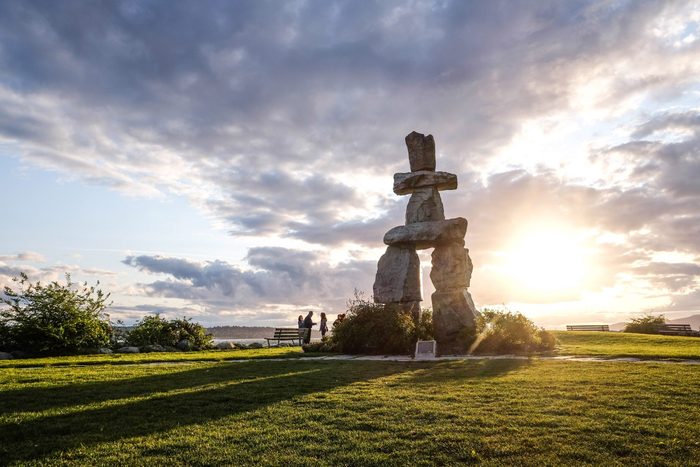
5. It Made Vancouver A Lot Easier to Navigate
An advantage to hosting the Olympics is the promise of accessible transportation, and that promise was certainly kept for the 2010 Games. First there was the Canada Line, a fully automated rapid transit line that takes 20 minutes to get straight from the airport to the heart of downtown. While construction of the transit line caused a massive headache for neighbourhoods like Cambie Village and even forced businesses to shut down, the long-term benefits are immeasurable. The same goes for the construction of Sea-to-Sky highway, which cut the travel time between Whistler and Vancouver nearly in half.
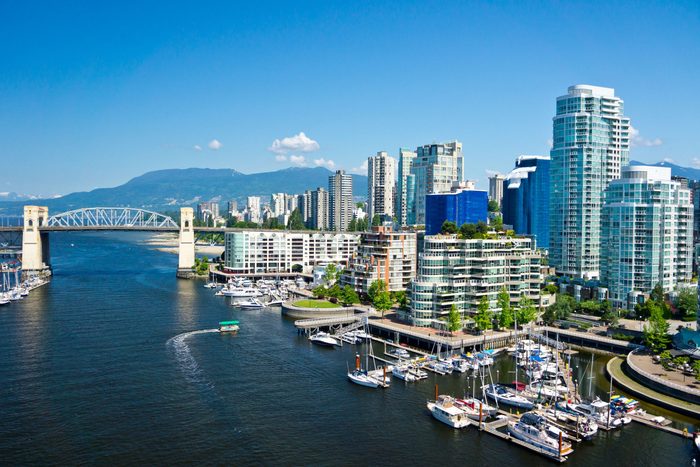
6. It Made Vancouver a Leader in Sustainability
While Vancouver has always had a reputation of being a green city (it’s the birthplace of Greenpeace), the Games catapulted its environmentally-friendly status. “Vancouver’s become known for innovation and the Olympics fueled that,” says Walt Judas of Tourism Vancouver. In fact, it helped put Vancouver on track of its goal to becoming the world’s greenest city by 2020. Some large-scale examples include the green-roofed, LEED platinum Convention Centre and the Olympic Village, which is considered one of the greenest communities in the world.
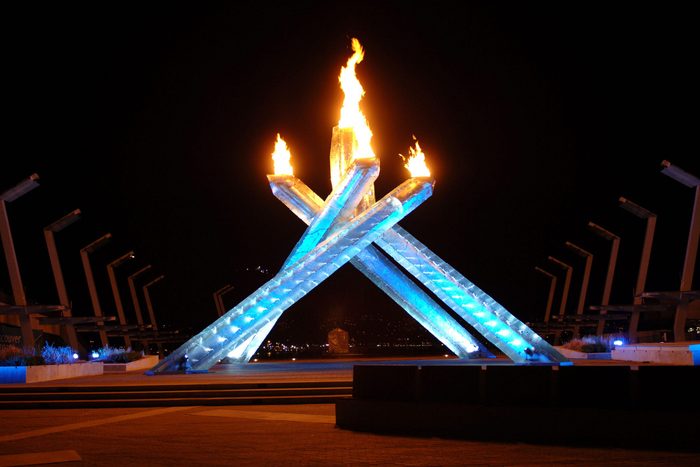
7. It Raised Vancouver’s International Profile Even Further
It’s not a coincidence that Vancouver found itself on the top of many “Best Of” lists after the Games. These include Best City in the Americas by Condé Nast Traveler Readers’ Choice Awards and World’s Most Liveable City by the Economist Intelligence Unit. The city also proved it can play host. “Vancouver’s really gained the confidence to host virtually any kind of event,” says Judas. “It may not have had that kind of confidence before.”
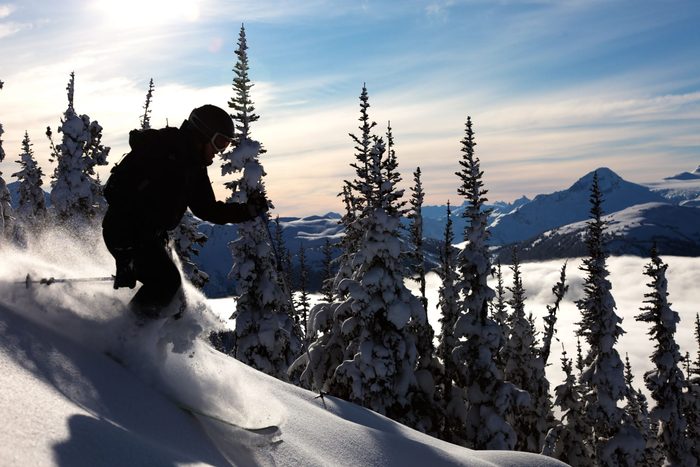
8. “Low Season” Has Nearly Lost its Meaning in Whistler
“Since we hosted the Olympics, the quieter seasons seem to have gotten shorter,” says Theresa Ginter, manager of Whistler’s Nita Lake Lodge. “Instead of being two months in the spring and two months in the fall, it doesn’t feel quite as long.” While Whistler is primarily known as a winter destination, the resort town is seeing a huge increase in summer visitors, who come to hike, mountain bike and camp. Currently, summers attract slightly more visitors to Whistler as in the winter months.
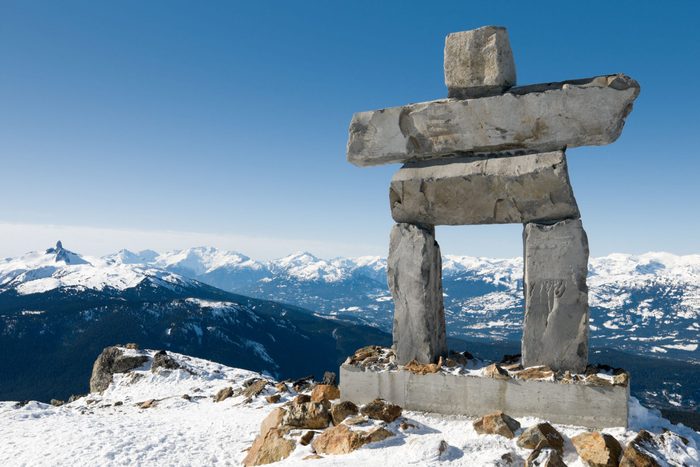
9. It Helped Whistler Run its Course
Once a city pulls off hosting an impressive Olympics, it’s proved that it can do nearly anything. As a result of successfully producing their part of the 2010 Games, Whistler is reaping some serious rewards. Events like the Ironman triathlon – which previously took place in Penticton – and the Tough Mudder obstacle course series, now call Whistler home. In addition to drawing thousands of people, these events make millions of dollars in revenues for the town and its businesses.
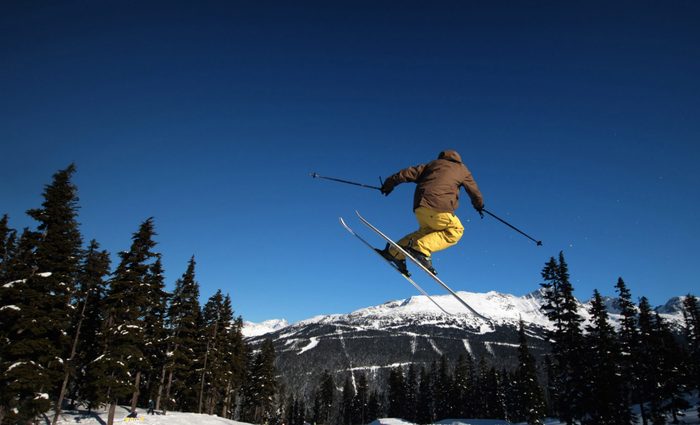
10. It Turned Whistler Into a Super Winter Wonderland
Whistler’s status as a world-class ski resort will always be undisputed. However, after it hosted the 2010 Winter Olympics, it upped its own game as the place for outdoor winter fun. Thanks to the addition of facilities like the Sliding Centre, which hosted bobsled and skeleton events, and Whistler Olympic Park, where biathlon and ski jumping took place, there’s even more to do that involves getting your heart rate up in the outdoors. The impressively modern facilities are open to the public during the winter, but are also used as a training centre for both Canadian and American Olympic teams.
Related features:
10 Must-Visit Olympic Cities
10 Beautiful Reasons to Visit Rio de Janeiro
10 Places in Canada Every Canadian Needs to Visit